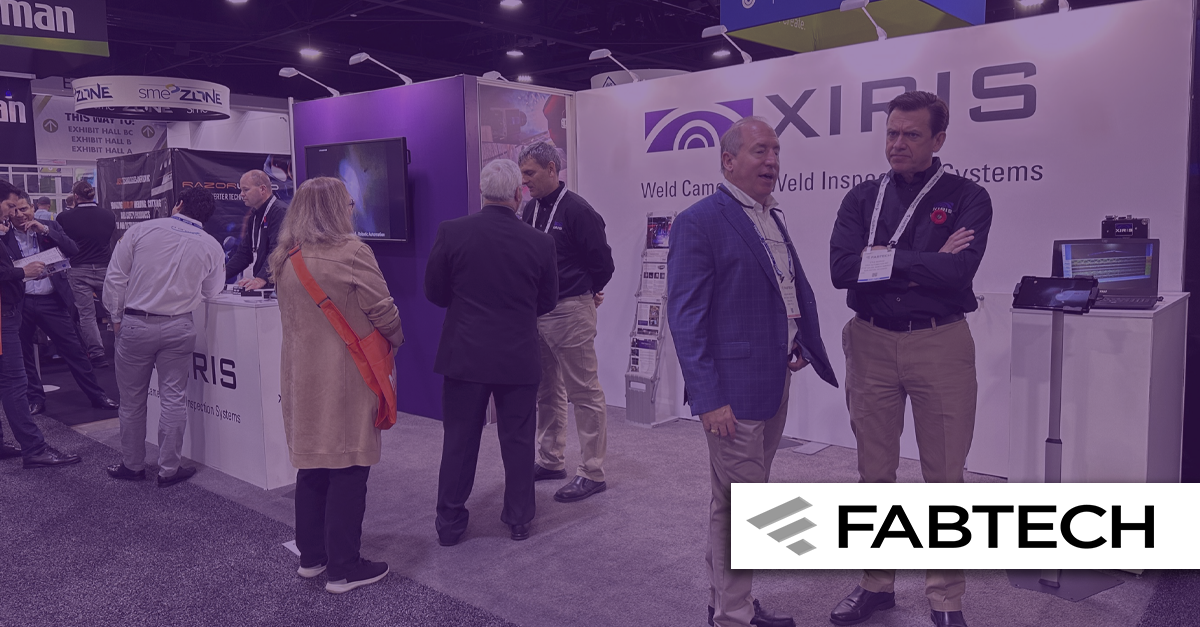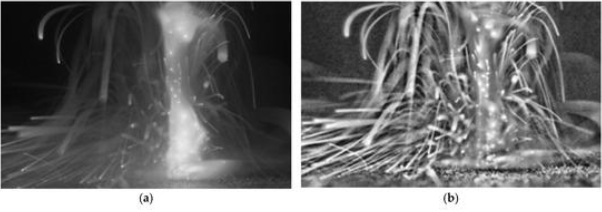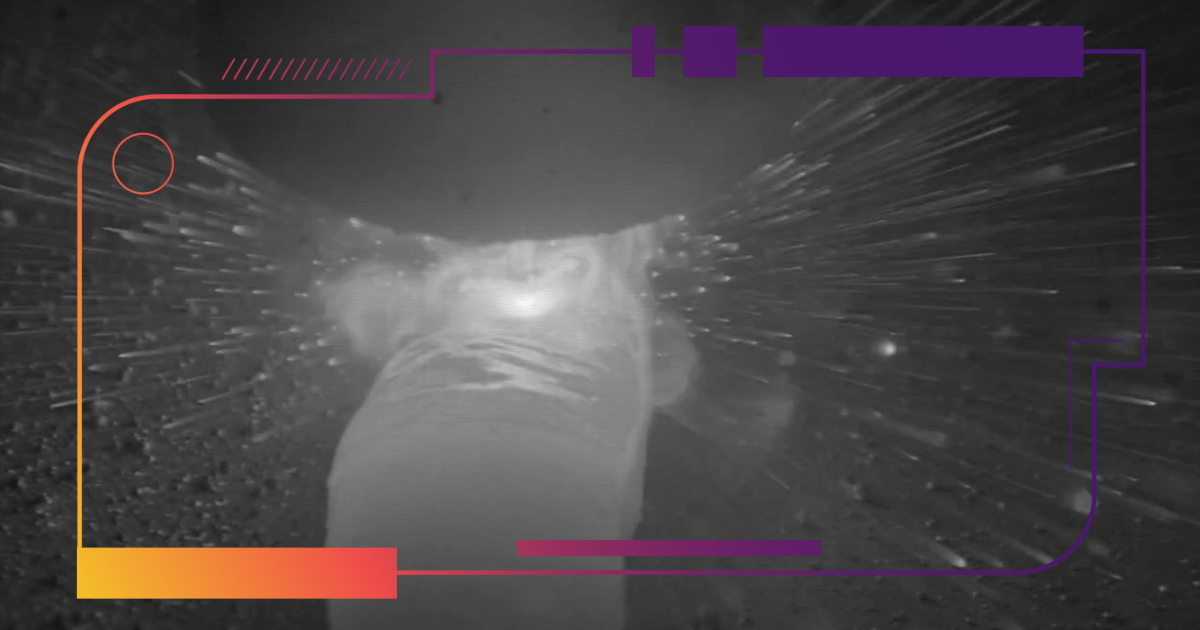Remote weld monitoring with a Weld Camera has long been used in automatic welding processes because of the safety hazards involved with direct manual monitoring. Traditionally, however, the cameras used have only been standard types.
These off-the-shelf cameras required so many adjustments to address parameter variations that the image quality didn’t improve enough compared to manual monitoring for many companies to justify the cost of the equipment. But now, with the latest High Dynamic Range imaging technology, Weld Cameras can provide much clearer images with minimal adjustments.
For operators, adoption of this modern Weld Camera technology means they’ll get less tired on the job. Use of Weld Cameras for remote weld monitoring reduces operator fatigue in these six key ways.
1. Operators no longer need to use physically demanding ventilation equipment to reduce the inhalation of harmful particulates in weld fumes and smoke.
In nuclear power environments, another health risk is hazardous radiation exposure—but with the remote monitoring made possible with a Weld Camera, there’s no need to grapple with cumbersome protective gear.
2. Operators don’t have to wear welding helmets for extended periods.
Even the best welding helmets with ventilation can cause physical discomfort over long periods of wear. In addition, welding helmets equipped with auto-darkening features delay slightly in their darkening phase, causing some bright light exposure to the operator’s eyes.
3. Remote monitoring relieves operators from having to stand and bend for long periods to be able to see the weld.
Welders will tell you how tiring and hard on the body it is to stand and bend over the weld for hours at a time. In addition to daily muscle fatigue, frequently repeated motions involved with manual weld monitoring can lead to repetitive strain injuries.
4. Operators are freed from exposure to the heat of the immediate weld environment.
Even standard welding environments can be arduous to work in for operators. Having to don protective welding gear causes an extra level of discomfort, as ambient temperatures in an ordinary welding environment could easily exceed ().
When there is any preheating of the parent material prior to the weld (e.g., in a cladding/overlay operation), the temperatures become unbearable for an operator. Some manufacturers have sent operators into this extreme environment with protective clothing; however, operators can only be subjected to the physical stress of this environment for short times. An industrially hardened Weld Camera doesn’t have this problem.
5. Weld Cameras allow operators to avoid a very loud environment.
The combination of metal welding, gas use, and automated machinery can generate localized noise levels that can be generally high (up to 85 dB on average) with peak levels exceeding 100 dB. This is a dangerously high level that can cause sustained hearing loss, not to mention on-the-job mental fatigue. An office environment, in comparison, is typically about 50-60 dB.
Removing operators 10-20 m (33-66’) from the work environment by using a Weld Camera significantly reduces their exposure to loud noise.
6. Remote monitoring of welds is less psychologically stressful than working in the hot, loud, and dangerous conditions present in the weld’s immediate environment.
In addition to physical fatigue, the uncomfortable and unsafe working conditions of manual monitoring cause mental stress, which can directly and indirectly contribute to physical fatigue.
This stress can be exacerbated by the nature of the weld. For example, many large fabrication projects such as ship building, large pressure vessel fabrication, and certain construction projects require welding to be performed at levels very high above the ground. By having a remote viewing capability on the ground, an operator can view the welding process free of this stress.
Conclusion
One of the many benefits of Weld Cameras in automated welding is reduction of operator fatigue—an improvement that will increase productivity, promote safety, and help attract and retain welders.






